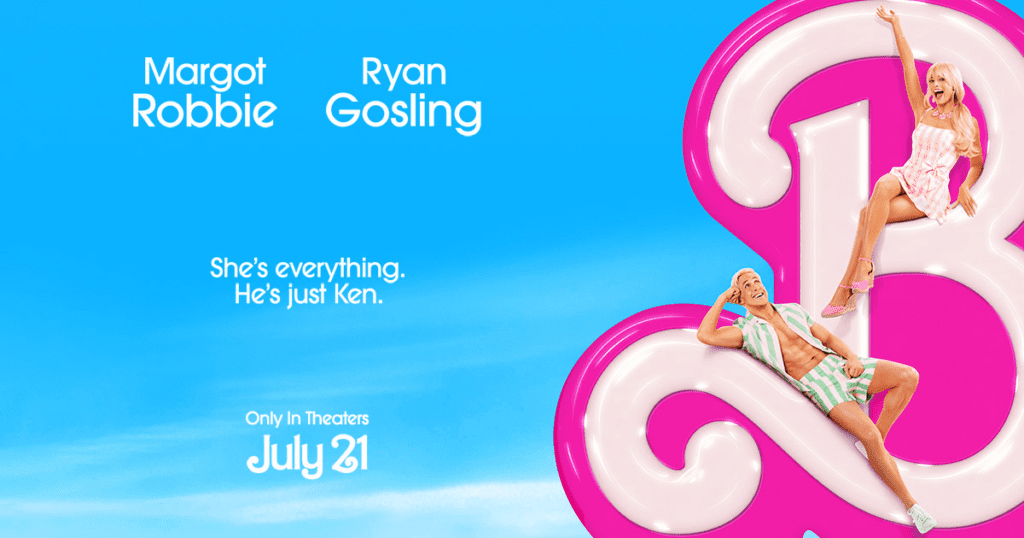The recent Barbie movie release proved to be a cultural phenomenon, not just for its box office success but also for its innovative PR campaign. Using the PESO model—paid, Earned, Shared, and Owned media—the campaign effectively engaged audiences, built excitement, and created a lasting impact.
Paid Media
The Barbie PR campaign leveraged paid media through strategic advertising that was both eye-catching and culturally relevant. From vibrant billboards to targeted social media ads, the campaign showcased the movie’s themes of empowerment and self-discovery. Collaborations with brands such as fashion retailers and toy manufacturers also added to the visibility. These partnerships enabled Barbie to penetrate diverse market segments, appealing to nostalgic adults and a new generation of young fans. The ad placements were timed perfectly with key events, like Comic-Con, maximizing audience reach.
Earned Media
Earned media played a crucial role in the campaign’s success. Influential media outlets and bloggers generated buzz through interviews, articles, and reviews, often highlighting the innovative narrative and star cast. Strategic press releases and media kits ensured journalists had all the information they needed to cover the film comprehensively. The campaign also sparked discussions on social issues, positioning Barbie as not just a doll, but a cultural icon. The film’s exploration of themes such as feminism and body positivity resonated widely, prompting organic conversations across various platforms.

Photo credits: Originate
Shared Media
Social media was at the heart of the Barbie PR campaign, creating a shared space for fans to engage. The engaging content like memes, quizzes, and behind-the-scenes footage, invited audience interaction and sharing. Hashtags such as #BarbieMovie trended across platforms, allowing users to contribute their own experiences and excitement about the film. The campaign also encouraged user-generated content, with fans dressing up as Barbie and Ken for events and sharing their interpretations of the iconic characters. This grassroots participation not only amplified the campaign but also fostered a sense of community among fans.
Owned Media
The Barbie brand’s owned media, including its official website and social media profiles, played a vital role in storytelling. Through meticulously curated content, fans received updates, exclusive interviews, and insights into the making of the movie. The ‘Barbie’ website featured interactive elements that allowed users to explore the film’s themes and characters, deepening their connection to the brand. Additionally, the campaign integrated blog posts and newsletters that highlighted the film’s messages, keeping the audience informed and engaged.
The success of the Barbie PR campaign can be attributed to its multifaceted approach using the PESO model. By highlighting paid, earned, shared, and owned media, the campaign not only generated buzz and excitement but also created a meaningful dialogue around the film’s themes. The campaign effectively tapped into nostalgia while reaching new audiences, proving that a well-executed PR strategy can resonate across generations. As a result, Barbie not only succeeded at the box office but also reinforced its position as a cultural icon in contemporary society. This campaign serves as a case study for future PR professionals and highlights the importance of an integrated approach in today’s media landscape.

Photo credits: Noogata
References
Rubin, R. (2023, November 12). Inside “Barbie’s” pink publicity machine: How Warner Bros.. pulled off the marketing campaign of the Year. Variety. https://variety.com/2023/film/box-office/barbie-marketing-campaign-explained-warner-bros-1235677922/
This barbie® is a paid media specialist! the brand Equity Framework. Criterion Global | International Media Buying. (n.d.). https://criterionglobal.com/cases/barbie-paid-media-specialist/
Keywords: media, film, success, Barbie
